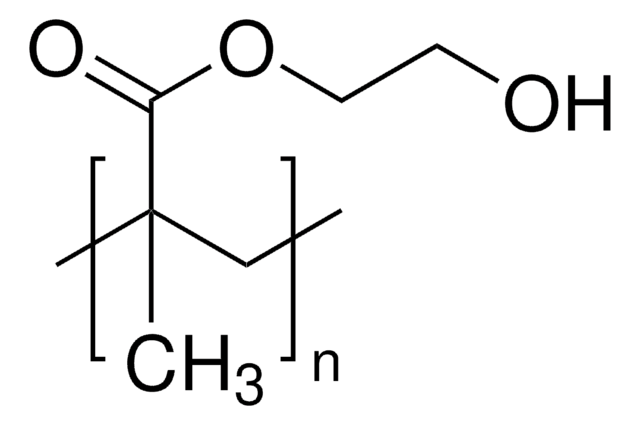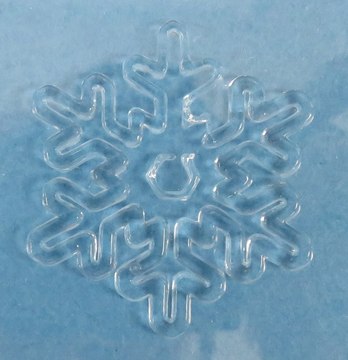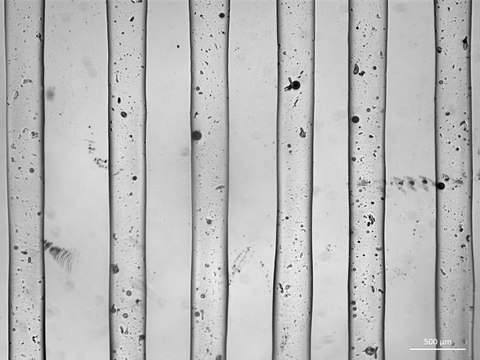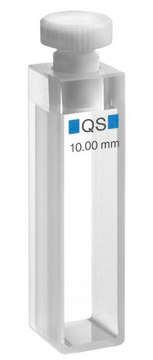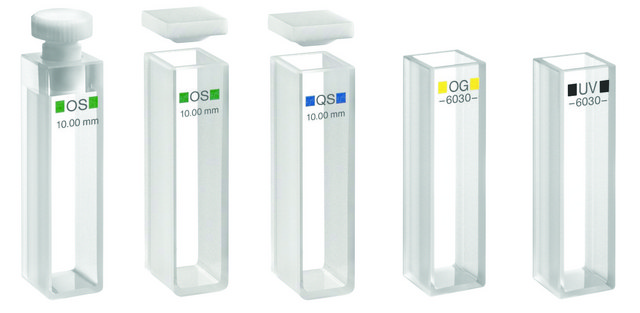901960
Cellulose-Alginate bioink
suitable for 3D bioprinting applications
Select a Size
CN¥889.71
Available to ship onApril 27, 2025Details
Select a Size
About This Item
CN¥889.71
Available to ship onApril 27, 2025Details
Recommended Products
form
viscous liquid
impurities
<25 EU/mL Endotoxin
color
white
pH
6.5-7
density
1.050 g/mL
application(s)
3D bioprinting
storage temp.
2-8°C
1 of 4
This Item | Z803111 | Z803227 | Z805114 |
|---|---|---|---|
| material Suprasil® quartz | material Suprasil® quartz | material Suprasil® quartz | material Suprasil® 300 quartz |
| manufacturer/tradename Hellma 110-QS | manufacturer/tradename Hellma (100-QS) | manufacturer/tradename Hellma (100-QS) | manufacturer/tradename Hellma 100-QX |
| description 2 polished windows | description 2 polished windows | description 2 polished windows | description 2 polished windows |
| parameter 200-2,500 nm spectral range | parameter 200-2500 nm spectral range | parameter 200-2500 nm spectral range | parameter 200-3500 nm spectral range |
| technique(s) UV/Vis spectroscopy: suitable | technique(s) UV/Vis spectroscopy: suitable, photometry: suitable | technique(s) UV/Vis spectroscopy: suitable, photometry: suitable | technique(s) UV/Vis spectroscopy: suitable, photometry: suitable |
| H × W × D 46 mm × 12.5 mm × 12.5 mm | H × W × D 45 mm × 12.5 mm × 3.5 mm | H × W × D 45 mm × 12.5 mm × 4.5 mm | H × W × D 45 mm × 12.5 mm × 4.5 mm |
General description
Material comes prepackaged in syringe with 5ml of product.
Application
Legal Information
Storage Class Code
12 - Non Combustible Liquids
WGK
WGK 1
Flash Point(F)
Not applicable
Flash Point(C)
Not applicable
Regulatory Information
Choose from one of the most recent versions:
Certificates of Analysis (COA)
Don't see the Right Version?
If you require a particular version, you can look up a specific certificate by the Lot or Batch number.
Already Own This Product?
Find documentation for the products that you have recently purchased in the Document Library.
Articles
Professor Shrike Zhang (Harvard Medical School, USA) discusses advances in 3D-bioprinted tissue models for in vitro drug testing, reviews bioink selections, and provides application examples of 3D bioprinting in tissue model biofabrication.
Protocols
Frequently asked questions (FAQs) for KAPA SYBR® FAST One-Step qRT-PCR Kits.
Our team of scientists has experience in all areas of research including Life Science, Material Science, Chemical Synthesis, Chromatography, Analytical and many others.
Contact Technical Service
